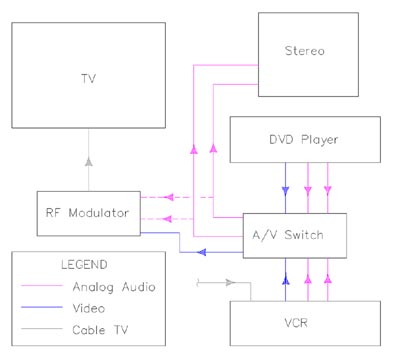Optimal Strategies for Positioning Surveillance Cameras to Improve Monitoring Effectiveness
Optimal Strategies for Positioning Surveillance Cameras to Improve Monitoring Effectiveness
Blog Article

Positioning security cameras efficiently is essential to enhancing surveillance in different environments, including homes, commercial properties, and public areas. The primary objective of security cameras remains to deter criminal activity while also provide proof in instances of incidents. To achieve this, it becomes essential to take into account several elements, including surveillance camera location, field of vision, and the particular areas that need monitoring. By comprehending these elements, people and organizations can develop a comprehensive monitoring strategy that optimizes the effectiveness of their surveillance systems.
One of the first actions in positioning surveillance cameras is to identify critical areas that require surveillance. High-risk zones, including entrances, exits, vehicle lots, as well as areas with high-value assets, must be prioritized. It also crucial to consider areas not visible, that may be areas that might not be visible from specific angles. By charting out these key locations, surveillance personnel can ensure that all corner remains monitored, minimizing the chances of criminal actions going unnoticed. Additionally, placing surveillance systems at strategic locations can help form a comprehensive perspective of the premises, allowing for improved overall surveillance coverage.
The field of a surveillance camera remains another important factor to take into account. Different kinds of cameras offer different fields of view, which can affect how much space is captured in the video. For instance, broad-view cameras can monitor bigger spaces, rendering them ideal for spacious locations, while pan-tilt-zoom cameras can be modified to concentrate on specific details. When placing cameras, it becomes important to select the appropriate type based on the location being monitored. This ensures that the camera can record clear images and offer valuable information in the event of an incident.
Height and tilt of mounting also play a significant role in the effectiveness of security cameras. Surveillance systems must be installed at a level that remains out of reach of potential tampering but also enables for unobstructed viewing of faces and other identifying features. A typical suggestion is to install cameras at least 8 to 10 ft off the floor. Additionally, the angle at which the camera remains set can affect its ability to capture important information. Surveillance systems must be angled to minimize glare and avoid obstructions, guaranteeing that they can capture sharp video at all times.
Finally, routine upkeep and improvements to the surveillance system is essential for cctv camera installation for food trucks long-term efficacy. This entails inspecting camera functionality, wiping lenses, and ensuring that firmware remains current. Regular assessments of the monitoring strategy can help detect any additional areas not visible or areas that may need extra coverage. By staying vigilant and implementing necessary adjustments, people as well as organizations can enhance their surveillance efficacy and ensure that their security systems continue to fulfill their designated function.